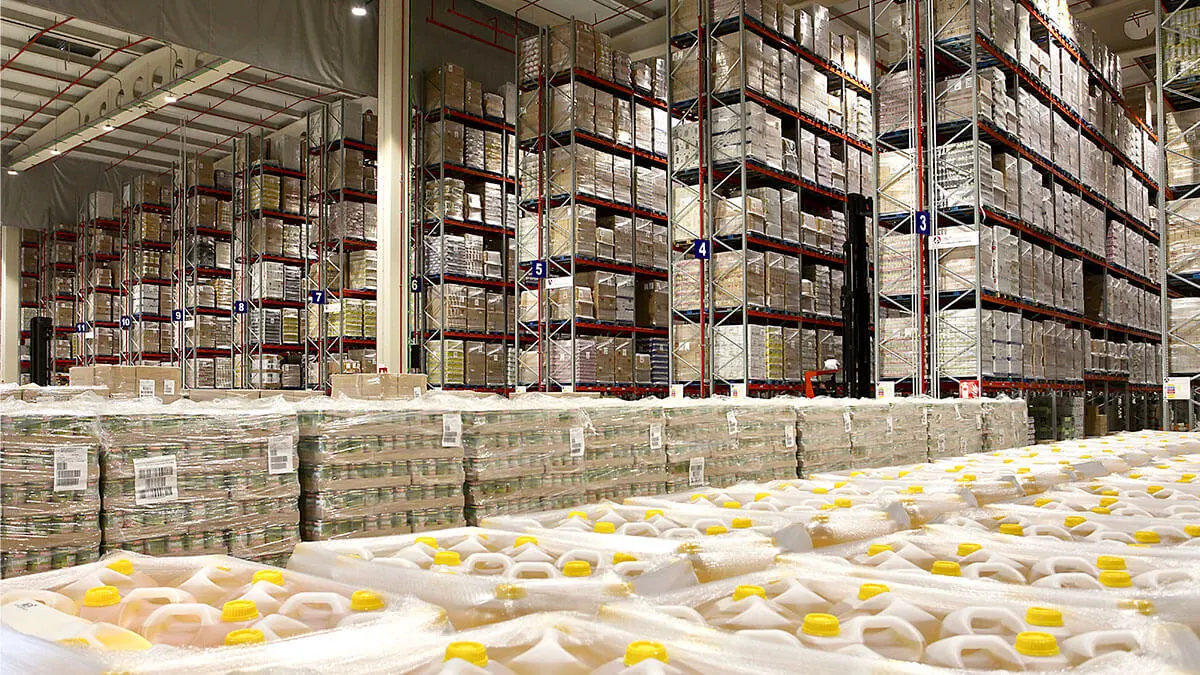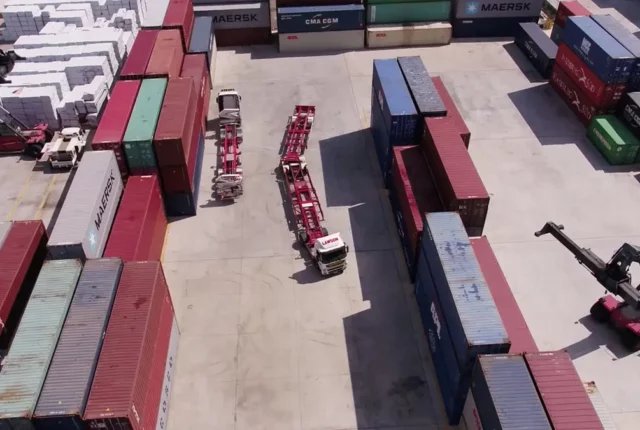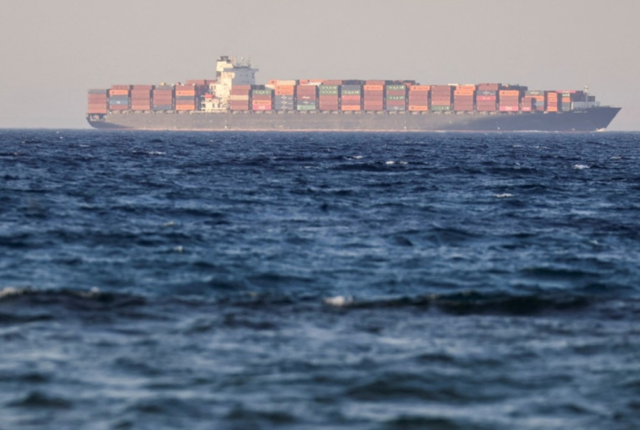
Climate-Controlled Logistics: Warehousing in Extreme Environments
Climate-controlled logistics refers to the management of goods under specific temperature and environmental conditions throughout the supply chain. Warehousing in extreme environments, characterized by severe temperature variations or humidity levels, presents unique challenges and opportunities for businesses aiming to maintain product integrity.
Challenges in Extreme Environments
Temperature Variations
One of the primary challenges in extreme environments is the unpredictable temperature fluctuations that can affect the quality and shelf life of stored goods. Efficient temperature control systems are imperative to mitigate these risks.
Humidity Control
Maintaining optimal humidity levels is crucial, especially for industries like pharmaceuticals and electronics, where moisture can lead to irreversible damage. Specialized storage solutions are required to address this concern.
Specialized Storage Requirements
Certain products, such as perishable foods or sensitive pharmaceuticals, demand specific storage conditions. Adaptable infrastructure is essential to accommodate diverse storage needs.
Benefits of Climate-Controlled Warehousing
Preservation of Goods
Climate-controlled warehousing ensures the preservation of goods by creating an environment that minimizes the impact of external factors, such as temperature extremes and humidity.
Increased Shelf Life
Products with a limited shelf life can significantly benefit from climate-controlled storage, extending their viability and reducing the risk of spoilage.
Regulatory Compliance
In many industries, adherence to stringent regulatory standards is mandatory. Climate-controlled warehousing aids businesses in meeting these compliance requirements, fostering trust among consumers and regulatory bodies.
Technology in Climate-Controlled Logistics
Automated Temperature Monitoring
Advanced systems for real-time temperature monitoring enable proactive responses to deviations, reducing the risk of product damage.
IoT Integration
The Internet of Things (IoT) plays a pivotal role in climate-controlled logistics by providing data-driven insights into storage conditions and facilitating remote monitoring.
Smart Packaging Solutions
Innovative packaging solutions equipped with sensors contribute to maintaining product quality during transportation and storage, adding an extra layer of protection.
Industries Benefiting from Climate-Controlled Warehousing
Pharmaceutical Industry
The pharmaceutical sector relies heavily on climate-controlled logistics to ensure the efficacy and safety of medications. Strict temperature controls are essential for preserving the chemical composition of drugs.
Food and Beverage Sector
Perishable goods, including fruits, vegetables, and dairy products, require precise temperature control to prevent spoilage and maintain nutritional value.
Electronics and Technology
Sensitive electronic components and devices are susceptible to temperature and humidity variations. Climate-controlled warehousing safeguards these products from damage.
Sustainable Practices in Climate-Controlled Logistics
Energy-Efficient Warehouses
The adoption of energy-efficient technologies, such as solar panels and smart lighting, contributes to sustainable practices within climate-controlled warehouses.
Eco-Friendly Packaging
Reducing the environmental impact of packaging materials aligns with the growing emphasis on sustainability in logistics.
Carbon Footprint Reduction
Implementing practices that minimize carbon emissions, such as optimizing transportation routes, helps in reducing the overall carbon footprint of climate-controlled logistics.
Choosing the Right Infrastructure
Building Design Considerations
Strategically designing warehouses with insulation, ventilation, and climate control systems ensures an environment conducive to the storage of temperature-sensitive goods.
Location Factors
Selecting warehouse locations with consideration for climate patterns and proximity to distribution networks enhances operational efficiency.
Scalability Options
Adopting scalable infrastructure allows businesses to adapt to changing storage needs and market demands seamlessly.
Future Trends in Climate-Controlled Warehousing
Advancements in Technology
Anticipating technological advancements, such as more sophisticated monitoring systems and automation, can help businesses stay ahead of the curve.
Global Expansion of Logistics Networks
As businesses expand globally, the need for climate-controlled logistics on an international scale is expected to rise, presenting new challenges and opportunities.
Regulatory Changes
Keeping abreast of evolving regulations ensures that businesses remain compliant and adaptable to changing standards in climate-controlled logistics.
The Role of Logistics Providers
Specialized Services
Logistics providers specializing in climate-controlled solutions play a crucial role in ensuring the seamless movement of goods with specific storage requirements.
Collaborative Partnerships
Collaborative partnerships between businesses and logistics providers foster innovation and address the unique challenges of climate-controlled warehousing.
Overcoming Common Misconceptions
Cost Concerns
Dispelling misconceptions about the high costs associated with climate-controlled logistics by highlighting long-term benefits and ROI.
Accessibility Issues
Addressing concerns related to the accessibility and availability of climate-controlled storage solutions to encourage wider adoption.
Industry Standards and Certifications
Compliance Requirements
Understanding and meeting industry standards and certifications is essential for businesses operating in climate-controlled logistics.
Accreditation Bodies
Recognition from accreditation bodies adds credibility to businesses engaged in climate-controlled warehousing, instilling trust among stakeholders.
Training and Skill Development
Workforce Readiness
Investing in training programs ensures that the workforce is equipped with the necessary skills to manage and operate climate-controlled logistics effectively.
Continuous Improvement Programs
Implementing continuous improvement initiatives enhances operational efficiency and keeps businesses at the forefront of industry standards.
Conclusion
In conclusion, climate-controlled warehouse logistics is a vital component of modern supply chains, especially in extreme environments. Embracing technological advancements, sustainable practices, and collaborative partnerships will be key to navigating the challenges and capitalizing on the opportunities in this dynamic field.
FAQs
What industries benefit the most from climate-controlled warehousing?
Pharmaceutical, food and beverage, and electronics industries are among the primary beneficiaries.
How does climate-controlled warehousing contribute to sustainability?
Through energy-efficient practices, eco-friendly packaging, and minimizing carbon footprints.
What role do logistics providers play in climate-controlled logistics?
They offer specialized services and collaborative partnerships to ensure optimal storage conditions.
What future trends can we expect in climate-controlled warehousing?
Advancements in technology, global expansion, and evolving regulations will shape the future landscape.






